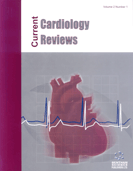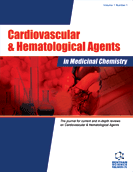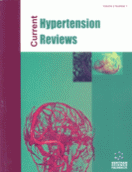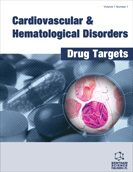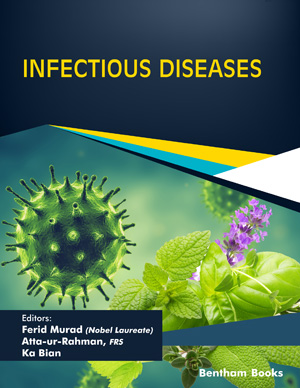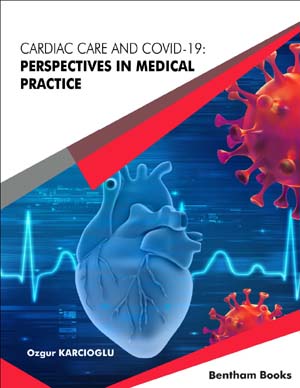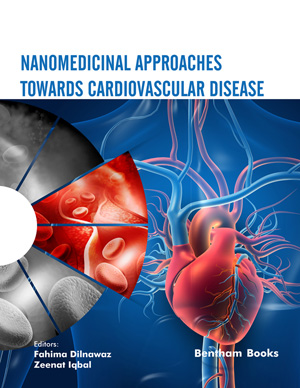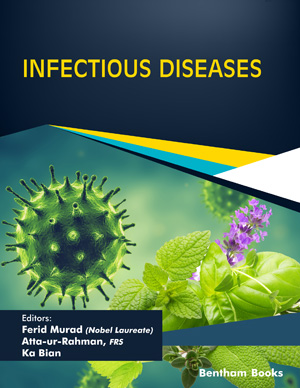Abstract
Atrial fibrillation (AF) continues to impose a significant burden upon healthcare resources. A sustained increase in the ageing population and better survival from conditions such as ischaemic heart disease have ensured that both the incidence and prevalence of AF continue to increase significantly. AF can lead to complications such as embolism and heart failure and these acting in concert with its associated co-morbidities portend increased mortality risk. Whilst some studies suggest that the mortality risk from AF is due to the “bad company it keeps” i.e. the associated co-morbidities rather than AF itself; undoubtedly some of the mortality is also due to the side-effects of various therapeutic strategies (anti-arrhythmic drugs, bleeding side-effects due to anti-coagulants or invasive procedures). Despite several treatment advances including newer anti-arrhythmic drugs and developments in catheter ablation, anti-coagulation remains the only effective means to reduce the mortality due to AF. Warfarin has been used as the oral anticoagulant in the treatment of AF for many years but suffers from disadvantages such as unpredictable INR levels, bleeding risks and need for haematological monitoring. This has therefore spurred a renewed interest in research and clinical studies directed towards developing safer and more efficacious anti-coagulants. We shall review in this article the epidemiological features of AF-related mortality from several studies as well as the cardiovascular and non-cardiac mortality mechanisms. We shall also elucidate why a rhythm control strategy has appeared to be counter-productive and attempt to predict the likely future impact of novel anti-coagulants upon mortality reduction in AF.
Keywords: Atrial fibrillation, arrhythmia, mortality, anti-arrhythmic drugs.
ACKNOWLEDGEMENTS
Current Cardiology Reviews
Title:How does Chronic Atrial Fibrillation Influence Mortality in the Modern Treatment Era?
Volume: 11 Issue: 3
Author(s): Rajiv Sankaranarayanan, Graeme Kirkwood, Rajaverma Visweswariah and David J. Fox
Affiliation:
Keywords: Atrial fibrillation, arrhythmia, mortality, anti-arrhythmic drugs.
Abstract: Atrial fibrillation (AF) continues to impose a significant burden upon healthcare resources. A sustained increase in the ageing population and better survival from conditions such as ischaemic heart disease have ensured that both the incidence and prevalence of AF continue to increase significantly. AF can lead to complications such as embolism and heart failure and these acting in concert with its associated co-morbidities portend increased mortality risk. Whilst some studies suggest that the mortality risk from AF is due to the “bad company it keeps” i.e. the associated co-morbidities rather than AF itself; undoubtedly some of the mortality is also due to the side-effects of various therapeutic strategies (anti-arrhythmic drugs, bleeding side-effects due to anti-coagulants or invasive procedures). Despite several treatment advances including newer anti-arrhythmic drugs and developments in catheter ablation, anti-coagulation remains the only effective means to reduce the mortality due to AF. Warfarin has been used as the oral anticoagulant in the treatment of AF for many years but suffers from disadvantages such as unpredictable INR levels, bleeding risks and need for haematological monitoring. This has therefore spurred a renewed interest in research and clinical studies directed towards developing safer and more efficacious anti-coagulants. We shall review in this article the epidemiological features of AF-related mortality from several studies as well as the cardiovascular and non-cardiac mortality mechanisms. We shall also elucidate why a rhythm control strategy has appeared to be counter-productive and attempt to predict the likely future impact of novel anti-coagulants upon mortality reduction in AF.
Export Options
About this article
Cite this article as:
Sankaranarayanan Rajiv, Kirkwood Graeme, Visweswariah Rajaverma and J. Fox David, How does Chronic Atrial Fibrillation Influence Mortality in the Modern Treatment Era?, Current Cardiology Reviews 2015; 11 (3) . https://dx.doi.org/10.2174/1573403X10666140902143020
| DOI https://dx.doi.org/10.2174/1573403X10666140902143020 |
Print ISSN 1573-403X |
| Publisher Name Bentham Science Publisher |
Online ISSN 1875-6557 |
 32
32 2
2
- Author Guidelines
- Bentham Author Support Services (BASS)
- Graphical Abstracts
- Fabricating and Stating False Information
- Research Misconduct
- Post Publication Discussions and Corrections
- Publishing Ethics and Rectitude
- Increase Visibility of Your Article
- Archiving Policies
- Peer Review Workflow
- Order Your Article Before Print
- Promote Your Article
- Manuscript Transfer Facility
- Editorial Policies
- Allegations from Whistleblowers
- Announcements
Related Articles
-
Use of Bromine-76 and Iodine-123 Radiohalogenated Tracers in the Drug Development Process
Current Pharmaceutical Design Differentiation of Mesenchymal Stem Cells from Humans and Animals into Insulin-producing Cells: An Overview <i>In Vitro</i> Induction Forms
Current Stem Cell Research & Therapy SynB3 Conjugated QBP1 Passes Blood-Brain Barrier Models and Inhibits PolyQ Protein Aggregation
Protein & Peptide Letters Pharmacological Therapy in Children with Atrial Fibrillation and Atrial Flutter
Current Pharmaceutical Design Antenatal Maternal Antidepressants Drugs Affect S100B Concentrations in Fetal-Maternal Biological Fluids
CNS & Neurological Disorders - Drug Targets Prevention of Sudden Cardiac Death in Hemodialysis Patients
Cardiovascular & Hematological Disorders-Drug Targets Cardiovascular Disease in Antiphospholipid Syndrome
Current Vascular Pharmacology Positron Emitting Tracers in Pre-Clinical Drug Development
Current Radiopharmaceuticals Hydrogen Sulfide in Diabetic Complications: Focus on Molecular Mechanisms
Endocrine, Metabolic & Immune Disorders - Drug Targets The Meaning of Different Forms of Structural Myocardial Injury, Immune Response and Timing of Infarct Necrosis and Cardiac Repair
Current Vascular Pharmacology Alcohol Septal Ablation for Hypertrophic Obstructive Cardiomyopathy
Current Cardiology Reviews Cell Death and Survival Through the Endoplasmic Reticulum- Mitochondrial Axis
Current Molecular Medicine Recent Advances in Image-Based Stem-Cell Labeling and Tracking, and Scaffold-Based Organ Development in Cardiovascular Disease
Recent Patents on Medical Imaging Use of Medication in Coronary Imaging by CT
Current Medical Imaging Evaluation of Cardiac Scan in Diagnosing Coronary-artery Disease
Current Medical Imaging Preclinical Development of New Therapy for Glycogen Storage Diseases
Current Gene Therapy Inhibitory Effect of PD-1/PD-L1 and Blockade Immunotherapy in Leukemia
Combinatorial Chemistry & High Throughput Screening Human Immunodeficiency Virus (HIV) and Stroke: Targets for Intervention
Infectious Disorders - Drug Targets Heart Disease in Patients with HIV/AIDS-An Emerging Clinical Problem
Current Cardiology Reviews Potential Roles of MyomiRs in Cardiac Development and Related Diseases
Current Cardiology Reviews


